Testimony of the Day
“I found Maria in April of 2012, in my 2nd semester of graduate school. Which was when the photo of my before the picture was taken. My mom had sent me a link to her blog and I immediately started trying her recipes.
Shortly after, I decided to take her health assessment and started a diet plan and supplements she had suggested. Before Maria Way I was eating over 100+ grams of carbohydrates a day and who knows how much sugar. I was experiencing intense hungry and mood swings when my blood sugar would drop between meals. Less than a week eating the Maria way and I longer had fluctuations in my blood sugar and as a result, I could think clearer! But then the stress of graduate school kicked in and I began returning to my old eating habits. In January of 2013 I attempted to start eating the Maria Way again and even joined a gym.
I’ve lost 25 pounds since January and with my upcoming wedding I am working hard to meet my weight loss goals. I still struggle to stick to the diet on the weekends but I hope to update Maria with my after photo this spring!” -Emily
To get the results like Emily, click here to get started. A year from now you will thank yourself!
KETO DURING PREGNANCY
I get a ton of emails a few months after these consults telling me that they are ecstatic and are now pregnant but are wondering what to eat now. As if this diet of REAL food would be harmful to a fetus. There are many reasons why to not add in certain foods like gluten and dairy. Many times when cravings get the best of pregnant clients and they consume these foods, the auto-immune response results in a miscarriage. But even if the clients are committed to staying away from gluten and dairy, they often worry that too low of carbs is bad for the fetus. You will never find evidence of this, but you will read it all over the web. The information that clients read has a few flaws:
1. A huge mistake is when people and doctors compare benign dietary ketosis to diabetic ketoacidosis. You can produce ketones in a starvation state. So instead of using a well-formulated low carb diet, they starved pregnant rats to get them into ketosis. The flaw in that evidence should be obvious.
2. The last form of this “evidence” is when they sliced up the brains of rat fetuses and saturated them in ketones. What happened was that the brain cells lived but it stopped producing new brain cells. This is thought to be evidence that ketosis causes retardation.
Now let’s dive into the facts. The lean human body is 74% fat and 26% protein by calories. Fats are a structural part of every human cell and the preferred fuel source of the mitochondria, the energy-burning units of each cell. A fetus naturally uses ketones before and immediately after birth. Many studies done on pregnant pigs that are placed on ketogenic diets have fetuses with “increased fetal brain weight, cell size, and protein content. In the early stages of pregnancy there is an upsurge in body fat accumulation, which is connected to hyperphagia and increased lipogenesis.
In the later stages of pregnancy there is an accelerated breakdown of fat depots, which plays an important role in fetal development. The fetus uses transported placental fatty acids as well as two other products: glycerol and ketone bodies. Even though glycerol crosses the placenta in slight proportions, it is a superior substrate for “maternal gluconeogenesis” (remember earlier, I discuss regular gluconeogenesis where we make glucose from protein when needed which is the preferred way of making glucose), and maternal glucose is the main substrate crossing the placenta. Heightened ketogenesis in fasting conditions or with the addition of MCT oils, creates an easy transference of ketones to the fetus which allows maternal ketone bodies to reach the fetus, where the ketones can be used as fuels for oxidative metabolism as well as lipogenic substrates.
During pregnancy, women become even more sensitive to carbohydrates due to an evolutionary adaption in which they become slightly insulin resistant to allow a positive flow of nutrients to the developing fetus through the placenta. If the mom was more insulin sensitive than the fetus we could end up in a nutrient shortage situation. Biology fixes this problem by making mom a little insulin resistant, effectively “pushing” nutrients to the fetus. This rationalizes just how important feeding you and your fetus a nutrient-dense ketogenic diet is.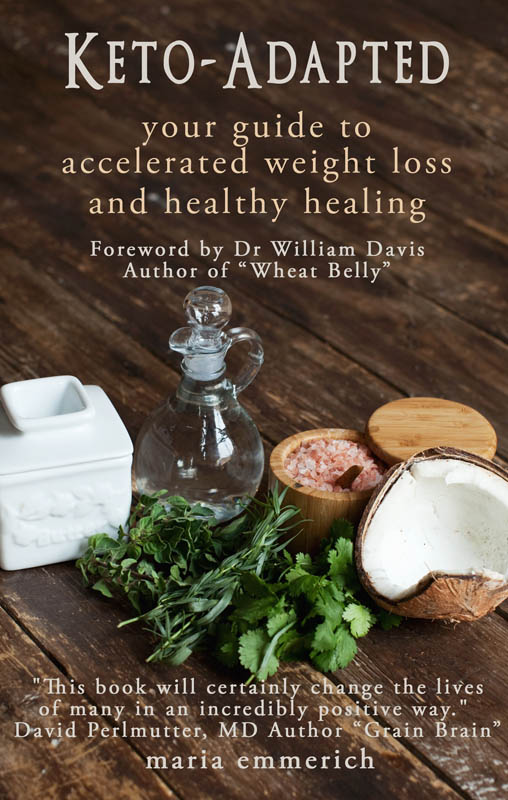
Breast-milk is naturally very high in fat as compared to a baby formula which is high in carbohydrates and sugar; causing babies to be addicted to sugar early in life. If a newborn is breastfed, it spends a lot of time in ketosis, and therefore keto-adapted. Keto-adapted babies can efficiently turn ketone bodies into acetyl-CoA and into myelin. Ketosis helps babies develop and build their brains. I love it when my clients continue to consume those “fat bombs” they ate to get pregnant because the coconut oil helps with the baby because coconut oil has anti-bacterial, anti-viral, and anti-fungal properties which keep the mother and baby healthy. The extra coconut oil also helps with lactation, but more importantly the coconut oil increases lauric acid in breast milk. Lauric acid is a rare medium-chain fatty acid found in human breast milk that supports a healthy metabolism. Read more about this in my new book Keto-Adapted.
Click HERE to get a limited edition of the Hard Cover.
Click HERE to get a softcover.
Thank you all for your love and support!
HEALTHIFIED ZEBRA CAKES:
Cupcakes:
1/2 cup coconut flour (125 mL)
1/2 cup granulated erythritol (125 mL)
1/4 cup unsweetened cocoa (60 mL)
(optional)
1/4 tsp baking soda (1 mL)
1/4 tsp Celtic® sea salt (1 mL)
6 eggs
1/2 cup coconut oil, OR butter, (125 mL)
melted
1 tbsp vanilla extract (15 mL)
1 tsp Stevia glycerite (5 mL)
Filling:
1 cup heavy cream (250 mL)
1 tsp Stevia glycerite, OR to taste (5 mL)
Frosting:
8 oz cream cheese, softened (250 mL)
1/4 cup unsweetened vanilla almond milk (60 mL)
1 tsp Stevia glycerite (5 mL)
*Chocolate Stripes:
3 tbsp granulated erythritol (45 mL)
2 oz unsweetened chocolate, chopped (60 g)
3 tbsp unsweetened vanilla almond milk (45 mL)
1 tsp vanilla extract (5 mL)
1/4 tsp Stevia glycerite (1 mL)
Preheat oven to 350°F (180°C). In a medium-sized bowl, sift together coconut flour, erythritol, cocoa, if using, baking soda,4, and salt. In a small bowl, beat eggs and stir in coconut oil, OR butter, vanilla extract, and Stevia glycerite.
Slowly add the wet ingredients into the dry ingredients and stir until very smooth (If you let the batter sit, it will thicken up a lot! Stir again just before pouring). Grease a muffin pan and fill about 1/3 of the way with batter (don’t overfill; we want a shorter cupcake). Bake 13 to 18 minutes, or until a toothpick comes out clean. Remove from the oven. Once cool, cut each cupcake in half.
Filling: While the cupcakes are baking, whip the heavy cream and add a few drops of Stevia glycerite to sweeten. Once the cakes are cooled and cut, fill the middle with 2 tbsp (30 mL) of sweet whipping cream. Put two halves together (like a sandwich) and freeze for at least 2 hours.
Frosting: In a medium bowl, mix cream cheese, vanilla almond milk, and Stevia glycerite and sweeten to taste (warm frosting will work better for dipping – microwave briefly). Dip the frozen cakes in the warm frosting to completely cover the cakes. Place back in the freezer until set.
Chocolate Stripes: Place granulated erythritol in a food processor or coffee grinder and blend until finely powdered. In a double boiler or microwave-safe bowl, place chopped chocolate and almond milk. Heat and stir until smooth. Mix in powdered erythritol, vanilla extract, and Stevia glycerite until smooth. Use to make stripes on the cakes (use a teaspoon to gently drizzle over each cake). Makes 10 servings.
Helpful Hint: *For an easy option: Melt a ChocoPerfection bar with 3 tbsp (45 mL) vanilla almond milk.
NUTRITIONAL COMPARISON (per 2 cakes)
Little Debbie = 330 calories, 15g fat, 2g protein, 47g carbs, trace fiber
“Healthified” Cake = 300 calories, 28g fat, 7.4g protein, 6.4g carbs, 3g fiber
(84% fat, 9% protein, 8% carbs)

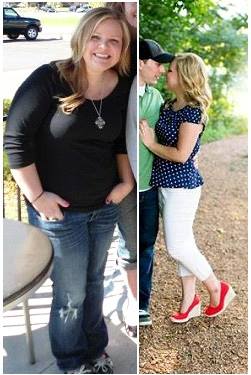
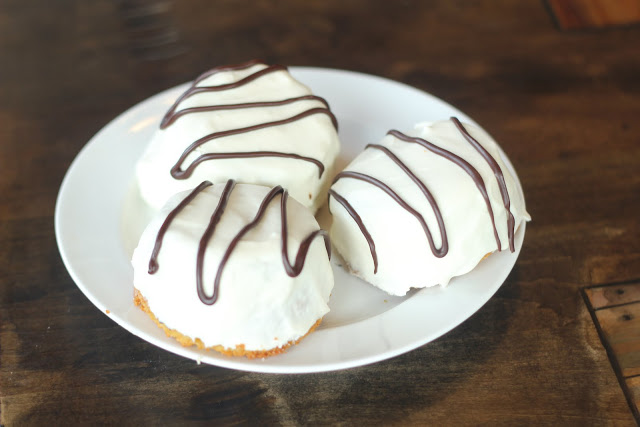

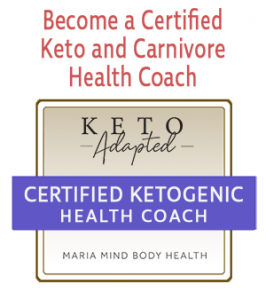

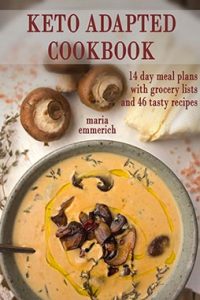

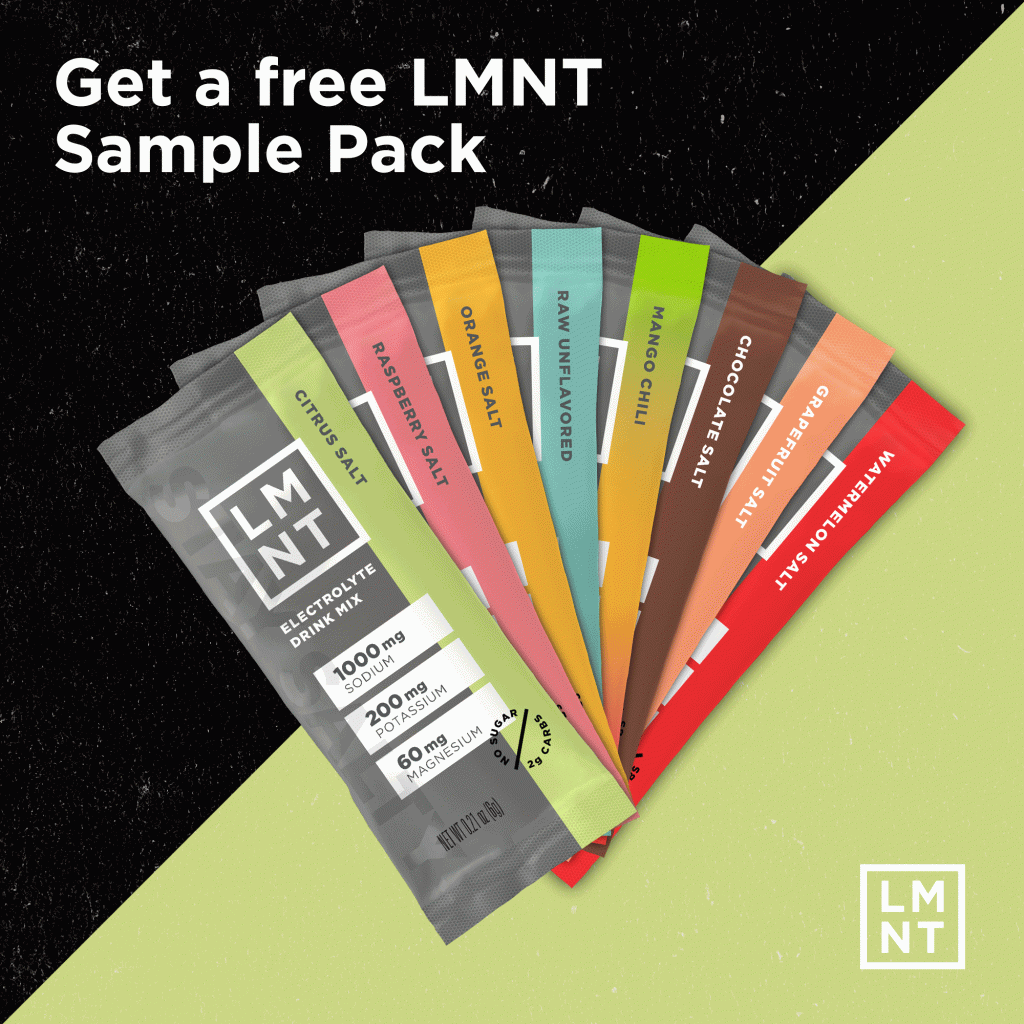
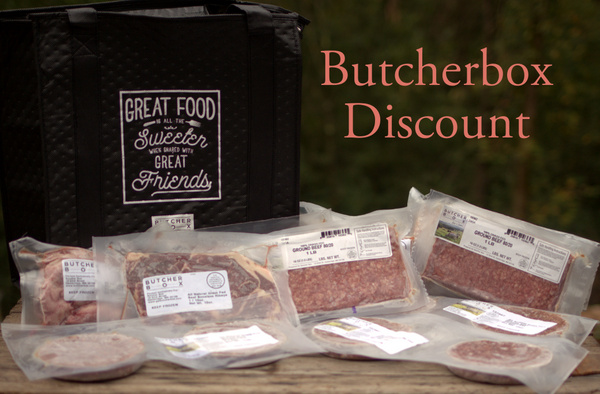

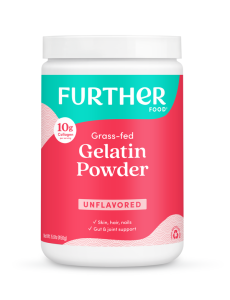

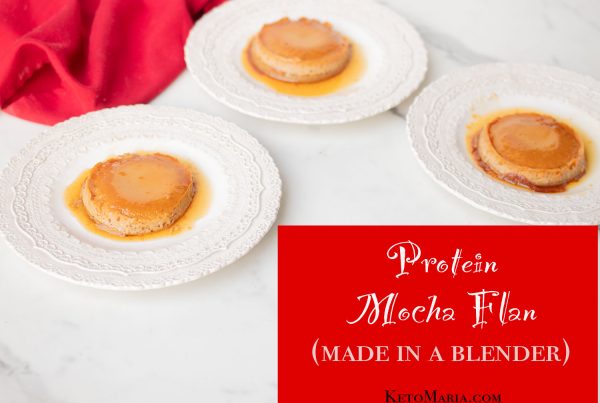


Thanks for sharing. I have little ones who love Zebra cakes so we are trying these today!! Very excited. It would be nice to let them have a “healthy” treat instead of all the bad. so excited I found your blog through the Maternal lens and a post on cool Lunch box idea! 🙂
Thank you so much for your kind words! I hope you like them!
Happy baking!
They are a hit! 🙂
Yeah! Thanks Misty!
do you think it will be ok to use the unsweetened choc almond milk for the choc strips?
Yes! Chocolate almond milk would work for making the chocolate in the stripes!
Happy Baking!
I have the Low-Carbing Among Friends book, but I can’t seem to find the recipe. Whats the name of the recipe in the book?
Thanks for your support! I will double check what page it is on:)
Hi Maria, My sister LOVES Zebra cakes, but she’s allergic to nuts (including coconut), can you recommend any other flours/milks that might work?
Hi Kristi!
I’m not sure if another flour will work. It would take a bit of time to practice and figure out. If my baby boys give me time, I can try next month:)
Do you think I could sub cocnut milk for the almond milk?
Yes, that will work. 🙂
Where do you store them? Fridge or freezer?
I store mine in the freezer. 🙂
OKAY. send help! haha, sooooo, i couldn’t find coconut flour ANYWHERE- usually i’d just go to the health food store, but i sprained my ankle and sent hubby (with a limited patience level) to find it-NO DICE. i used regular flour, but kept everything else the same.
WTF Happened to my cakes?!?! they baked up HUGEEEEE high, with HOLES in the middle!!! (or like, the collapsed in maybe?!?!)
AND more like the texture of a croissant?!?! HELP! hahahah
total fail but found a way to cut them in half and PUSHING FORWARD.
what do you think happened? was it the flour? or do you think they collapsed?
Yes, I don’t bake with regular flour (and obviously don’t recommend it) so it will act differently in my recipes. You can get coconut flour here:
http://secure.ttpurchase.com/D5D8F5C0-1E0B-90B3-0EA31E3B813D3E93
Hi Maria! I eat low-carb and finally gave these a try after bookmarking them a long, long time ago. They are PHENOMENAL! I wish I had made them sooner! Thanks for sharing!
Thanks so much! 🙂
Copied from the side bar on this page under the “Stock Your Pantry” heading:
Sweetener:
Swerve Sweetener
Protein Powder:
Jay Robb
Flours:
Swerve Sweetener
Coconut Oil: Swerve Sweetener
and everything else here!
Swerve Sweetener
Pushing the Swerve Sweetener a bit? lol
I have no idea why it says that. It is repeating the name of the first photo for some reason.
Cant wait to try these this weekend!
Ummm, she pushes the Swerve sweetener because it’s AWESOME.
Is there an easy way to substitute the erythritol? I have Swerve and Stevia Glycerite on hand.
Yes, swerve will work. 🙂
Whipping cream? I’m only familiar with sugar filled whipping creams. Can you expound on that.
It is just heavy cream. I changed it above. 🙂
My toddler gets the runs when I make something with erythritol in it? Any suggestions?
I would try another sweetener like stevia. Some people are more sensitive to sugar alcohols.
http://astore.amazon.com/marisnutran05-20?_encoding=UTF8&node=13
How many does it make?
It makes about 10. 🙂